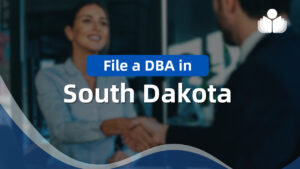
Leaders that are willing to be vulnerable in sharing even bad news create environments where employees can admit mistakes before crises erupt.
So when is too much transparency?
In the wake of the recent Asiana Airlines Boeing 777 crash in San Franscisco, many observers were praising The National Transportation Safety Board (NTSB) for their outpouring of information about the incident. However, as was reported in The Atlantic the Air Line Pilots Association (ALPA) believed that the NTSB was revealing too much. Were they protecting one of their own, or were they correct in being concerned about the damage “rampant speculation” could generate?
In an era of continuous communication, leaders have every right to be questioning how much information is too much. There is a wide range between hiding information and having a completely open book. Not every employee needs to have access to every piece of corporate information.
In a healthy culture employees can ask legitimate questions and be entitled to get timely responses, even if the response is “here is what we can talk about and here is what we can’t, and why we can’t.” Leaders who are successful in creating a culture of transparency have earned the trust of employees so that no one feels that information is being hidden, but that when information is requested, those requests are handling with respect and due attention.
—————————————————————————————–
David Gebler is the President of Skout Group, an advisory firm helping global companies use their values to clear the roadblocks to performance. David’s book, The 3 Power Values is now available. Send your thoughts and feedback to [email protected].
 Sections of this topic
Sections of this topic
















